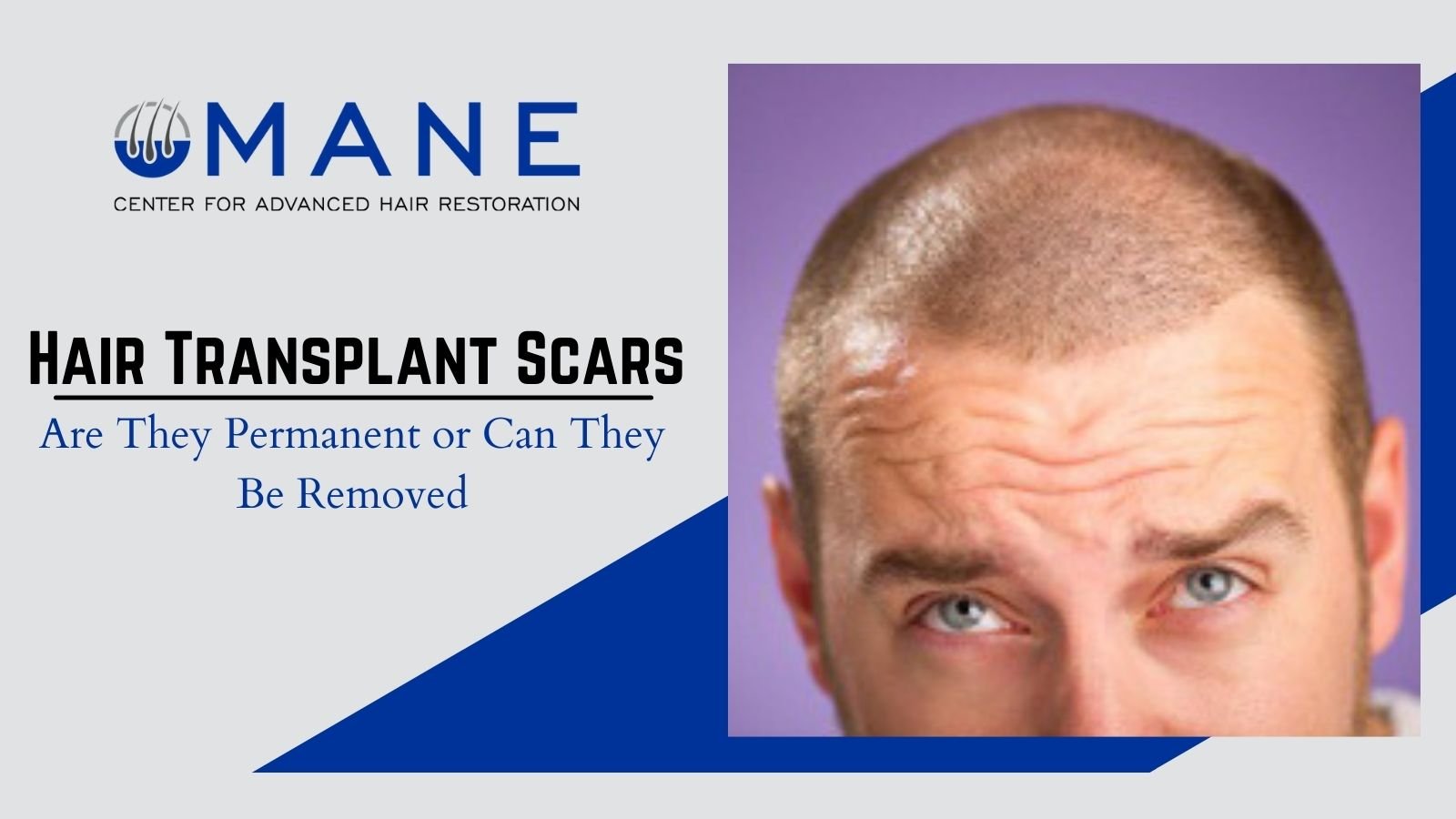Hair transplant surgeries have been popular since the 1950s and have tremendously evolved. They are much safer, more effective, and also yield better and more natural-looking results. Despite being significantly less noticeable when compared to traditional surgeries, scarring is an inevitable side-effect.
The extent of scarring will also depend on the type of hair restoration surgery you choose. The two widely used hair transplant surgeries include
Follicular Unit Transplant (FUT) and
Follicular Unit Extraction (FUE). Furthermore, your surgeon’s expertise and skill will help determine the extent of scarring. The good news is that several techniques and procedures are available to reduce or even conceal scars.
Hair Transplant Techniques
The following are the two main hair transplant procedures preferred worldwide.
- Follicular Unit Extraction (FUE) –In this procedure, individual hair follicles are extracted from the donor area, typically at the back of your head. Tiny incisions are made on the scalp from where each hair follicle is extracted and then transplanted into the incisions made on the recipient area. These incision wounds gradually heal and, compared to FUT, is less invasive and does not leave any linear scars.
- Follicular Unit Transplantation (FUT) – In this procedure, an entire strip of scalp is extracted from the donor area. This strip is further dissected into 500 to 2,000 follicular units, with each unit comprising a cluster of hairs or a single strand. Small incisions are then made on the recipient area, where the follicular units are transplanted. The part of the scalp from where the strip is extracted is then stitched up, leaving a linear scar.
Hair Transplant Scar Removal
Although there are procedures available to reduce the scar caused by the FUT procedure, there will still be some amount of scarring that may remain.
For moderate to large scars, plastic surgery is an option. In this procedure, the surgeon will excise the FUT scar and suture it with a wound convergence technique, reducing the scar drastically.
Another option is to use the FUE technique to transplant hair follicles into the FUT scar. This is a minimally invasive technique and can yield natural-looking results, concealing the FUT scar with new hair.
Alternatively, the FUT scar can also be concealed through a permanent medical tattoo. Also known as Scalp Micropigmentation (SMP), this procedure involves injecting pigment into the scalp, thereby covering the scar with dye lines or dots that give it an appearance of tiny hair.
Another method, Tricopigmentation (TMP), is a temporary version of SMP. This procedure inserts the ink on the topmost layer of the dermis, therefore providing semi-permanent tattooing.
Some even prefer undergoing laser treatment to reduce the size, visibility, and prominence of the scars. This technique uses laser therapy to remove the damaged skin on top of the scar, enhancing the overall appearance of the skin.
If you need the most effective
hair transplant in Maryland, visit our experts at the Mane Center for Advanced Hair Restoration. Whether it is hair restoration, hair transplant scars, or
laser hair removal in Maryland we will guide you on the best options for you.


